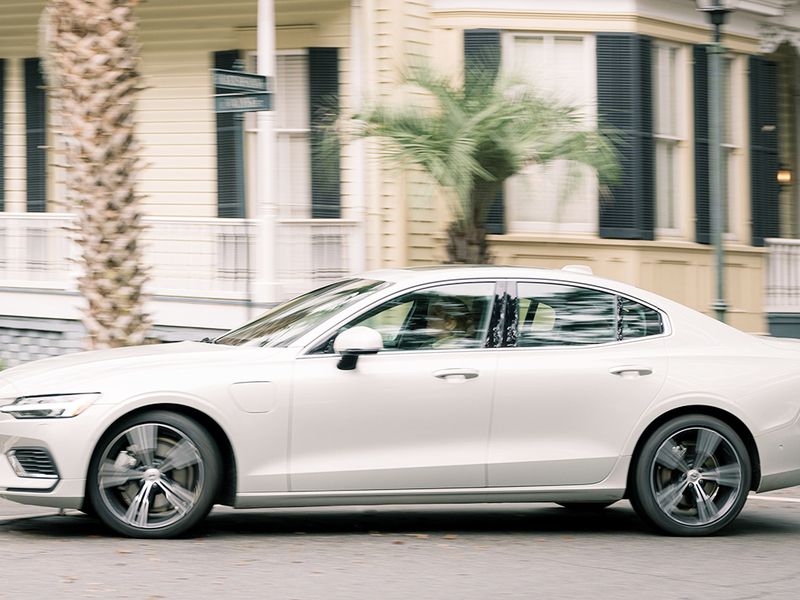
Editor’s note: This story is part of the annual Automotive News “Future Product Pipeline” series.
Volvo Cars is trading its diesel-powered past for an electron-charged future.
Globally, every new Volvo model will have an electric motor as part of the Swedish automaker’s plan to make all-electric cars account for half of its global sales by 2025 — with the rest being hybrids.
The first of those all-electric models will roll into U.S. dealerships this fall.
The XC40 Recharge P8 is an electric version of Volvo’s fastest-selling model — the XC40 crossover. The dual-motor EV delivers up to 408 hp and can go from 0 to 60 mph in 4.7 seconds. Volvo estimates that it will have an EPA-rated range of “more than 200 miles.”
Another new sporty electric crossover — the C40 — is expected to arrive next year, followed by a battery-powered XC90 crossover.
Meanwhile, Volvo has a new plus-size luxury crossover in the works. The XC100, built on the next generation of Volvo’s Scalable Product Architecture platform, is described as Volvo’s answer to the Mercedes-Benz GLS and BMW X7 flagship light trucks.
“It’s an XC90, Range Rover, Cullinan all in one,” a dealer familiar with the product plans told Automotive News earlier this year.
S60: Volvo’s entry-level sedan will receive a freshening in 2022 and receive a mild-hybrid powertrain as standard equipment.
V60: The compact wagon, which looks like a smaller V90, arrived in the U.S. early last year. It’s available with a 2.0-liter four-cylinder engine, turbocharged to produce 250 hp for the front-wheel-drive T5 version. A freshening of the V60 is planned for 2022, when it will receive Volvo’s mild-hybrid system.
S90: The flagship sedan will be freshened this month. It will include updates to the front and rear fascia and add more safety features as standard equipment. The updated model will carry over the current engines. A redesign is expected in 2023.
V90: The large wagon debuted in 2017, followed by an all-wheel-drive Cross Country variant nearly a year later. A freshening of the large wagon is planned for this month, carrying over its current engines and receiving updates to the front and rear fascia. A full redesign could come in 2023. The next-generation V90 will be based on Volvo’s updated SPA platform .
C40: The new sporty electric crossover is expected to launch in the second half of 2021. It will have a sloping roofline and feature an EV-inspired grille design. The new design swaps the slotted grille for a partially closed-off, more aerodynamic one since there is no internal-combustion engine to cool. A combustion-engine variant is also expected.
XC40: Volvo’s best- selling model is expected to receive a freshening in the first quarter of 2022. An all-electric variant — XC40 Recharge P8 — will arrive in the U.S. this fall. It will debut an Android-powered infotainment system.
XC60: The midsize crossover was redesigned for the 2018 model, and the T8 plug-in hybrid variant was introduced. A freshening is due in the second half of 2021, possibly with the Android-powered infotainment system.
XC90: The large crossover received a minor freshen last year, including a new grille and 2+2+2 seating. A redesign is scheduled for 2022, when production will be added to Volvo’s South Carolina factory. The next-gen XC90 will debut the SPA2 platform and will include a standard mild-hybrid powertrain. The redesigned model also will include more advanced automated driving technologies.
XC100: The new large crossover will be built on Volvo’s updated SPA platform and is expected to come in two configurations — a seven-seater and a six-seater with captain’s chairs. Production should begin in spring 2023 in South Carolina, with retail sales expected that year.